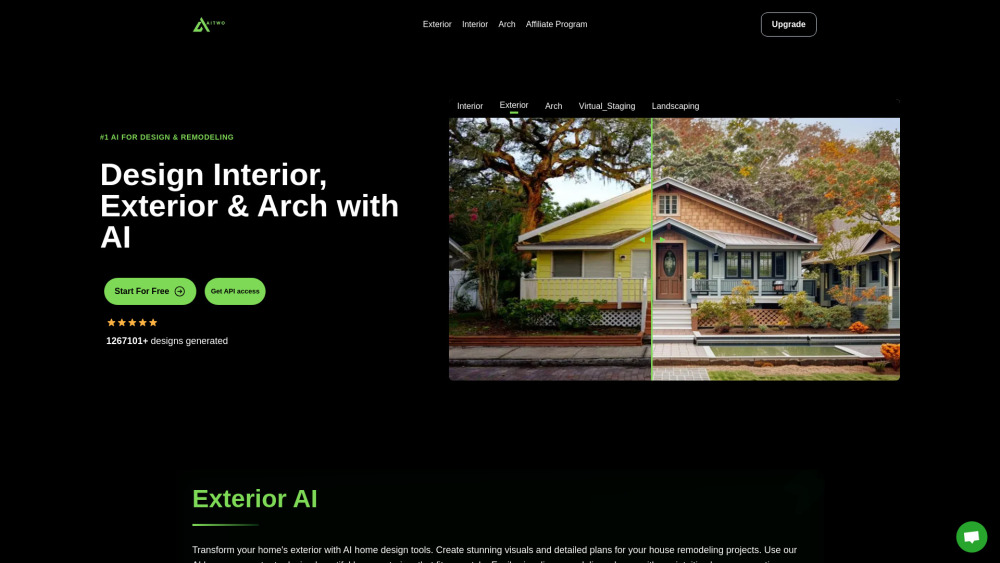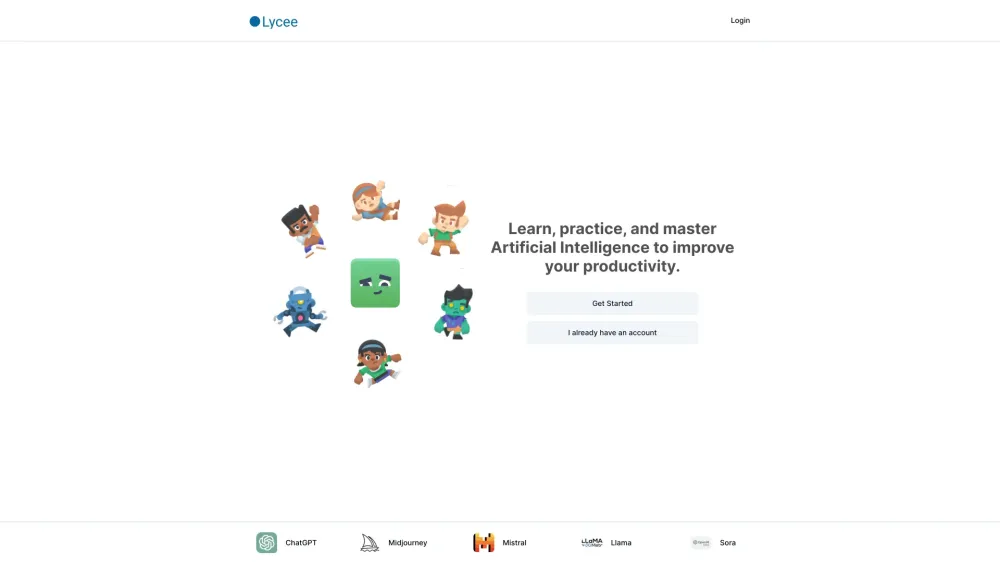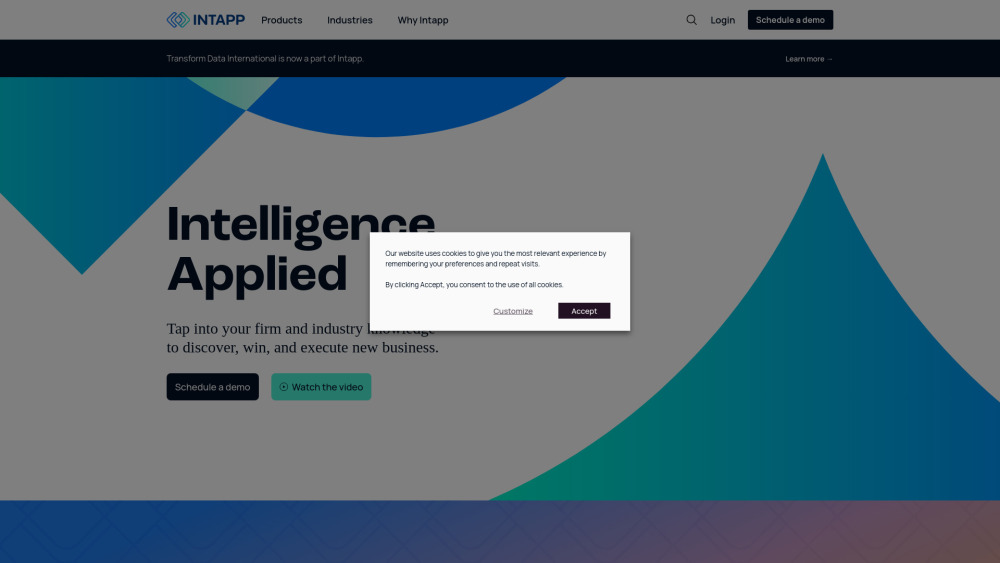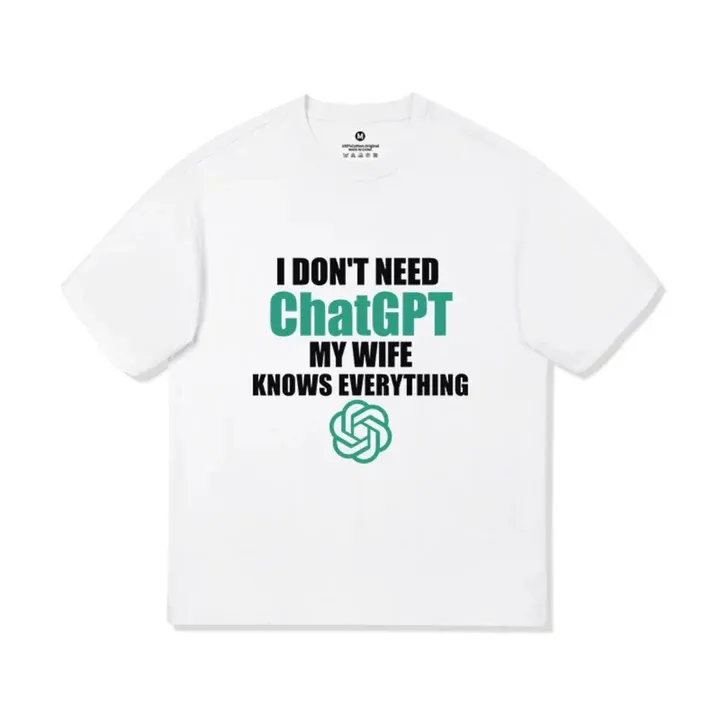Using ChatGPT to Innovate a Tomato Picking Robot: A Researcher's Journey
Most people like

Introducing an innovative AI-based platform that revolutionizes home design. This cutting-edge tool leverages artificial intelligence to streamline the process, making it easier than ever for homeowners and designers alike to create beautiful, functional spaces. Whether you’re renovating your existing home or building from the ground up, our platform is equipped with features that enhance creativity and efficiency, tailored to meet your unique needs. Discover how our AI technology can transform your vision into reality while simplifying the entire design experience.

Empowering AI Adoption Through Active Learning for Everyone.
In today’s rapidly evolving technological landscape, democratizing AI is essential. By leveraging active learning, we can make AI accessible to diverse users, fostering innovation and inclusion. Join us as we explore the transformative potential of active learning in driving widespread AI integration.

Revolutionizing Operations: AI Software Solutions for Financial Services Firms
Discover how AI software solutions are transforming operations within financial services firms. By harnessing cutting-edge technology, these innovative tools enhance efficiency, reduce costs, and improve decision-making processes. Explore the future of finance where optimization and smart automation are paving the way for unprecedented growth.
Find AI tools in YBX
Related Articles
Refresh Articles

